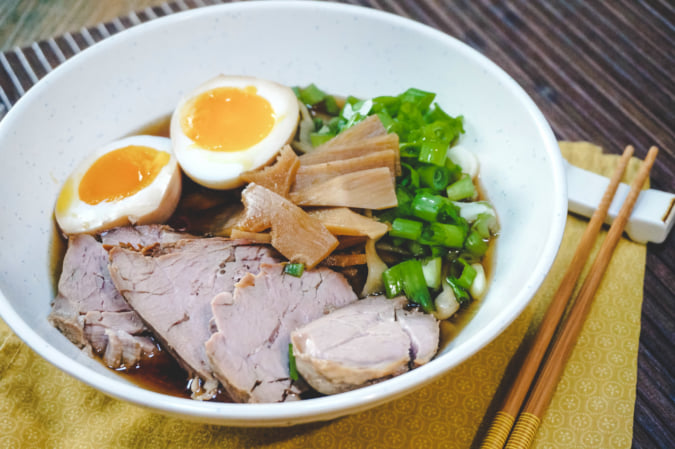The Tanuki, a Central Figure in Japanese Folklore
From its malevolent origins to the mischievous joker we know today, we look back at the legend of Japan's favourite raccoon.
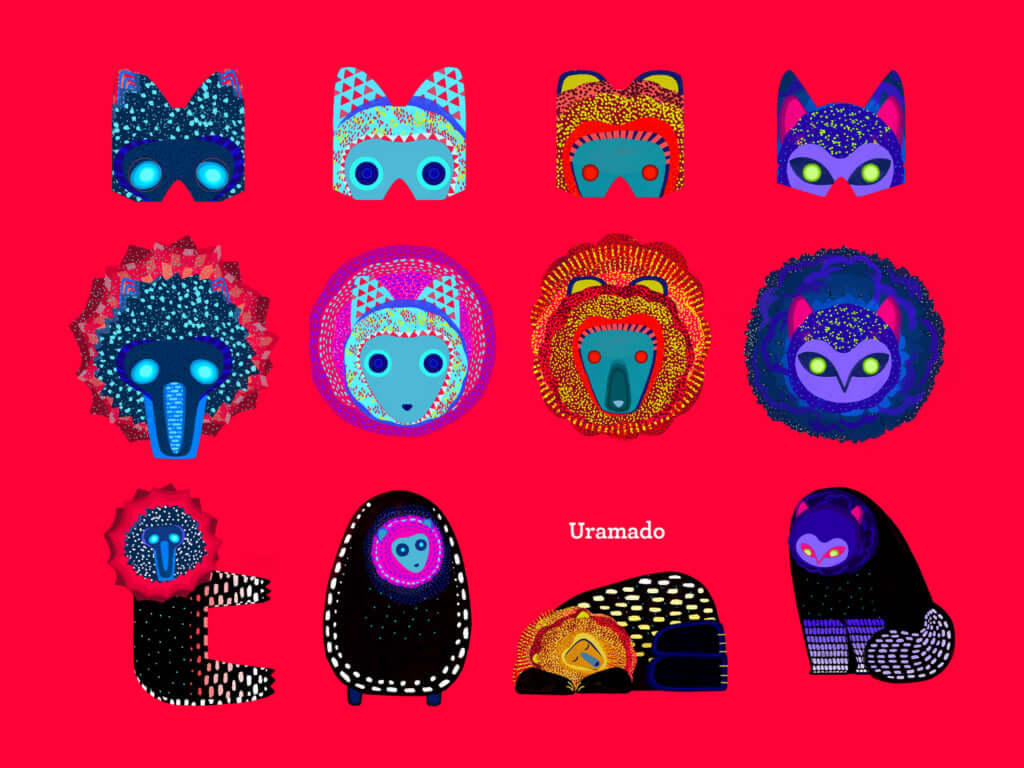
Originating from China, the legend of the tanuki appeared in Japan between the 4th and 7th centuries. Portrayed as a raccoon with a round stomach, the tanuki is initially perceived as a creature that’s far from kindly when it takes on the appearance of a human and has no qualms about lying, stealing and even killing. Its image would evolve over the centuries to become more innocent, but no less mischievous. In the tale of Bunbuku Chagama, a woodcutter saves a tanuki’s life and the latter helps him to become rich by way of thanks.
A symbol of prosperity
During the Edo period, the tanuki became so popular that it was frequently depicted in prints with a touch of humour. Often wearing a straw hat and holding a flask of sake, the tanuki’s most notable characteristic, however, is its very large scrotum, which touches the ground. It often uses its generously-sized stomach as a drum, the distinctive ‘pompoko pon pon’ sound of which was used as the title for an animated film created by Studio Ghibli, Pompoko. The scrotum is also shown to double as a weapon, umbrella or fishing net. Beyond its physical attributes, this crafty animal is also known for its insatiable appetite for sake and food. It isn’t uncommon to see effigies of the tanuki outside restaurants and other businesses in Japan, because the creature is synonymous with prosperity and good fortune.
In 2017, the Museum of Hunting and Nature in Paris dedicated a treasure hunt-style exhibition to figures from Japanese folklore. This project, entitled Uramado, was created in augmented reality by Thomas Pons and graphic designer Julie Stephen Chheng. Drawing on the popular icons of supernatural creatures known as Yokai in Japan, Uramado combined traditional Japanese folklore and new technology to create animals in augmented reality.
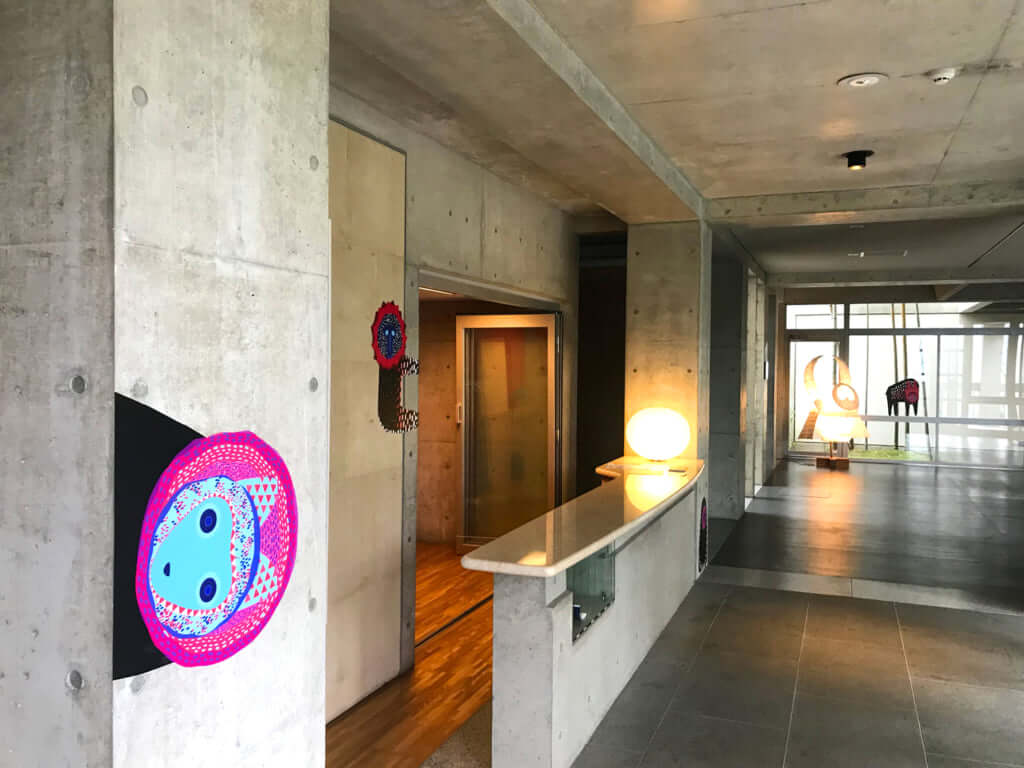
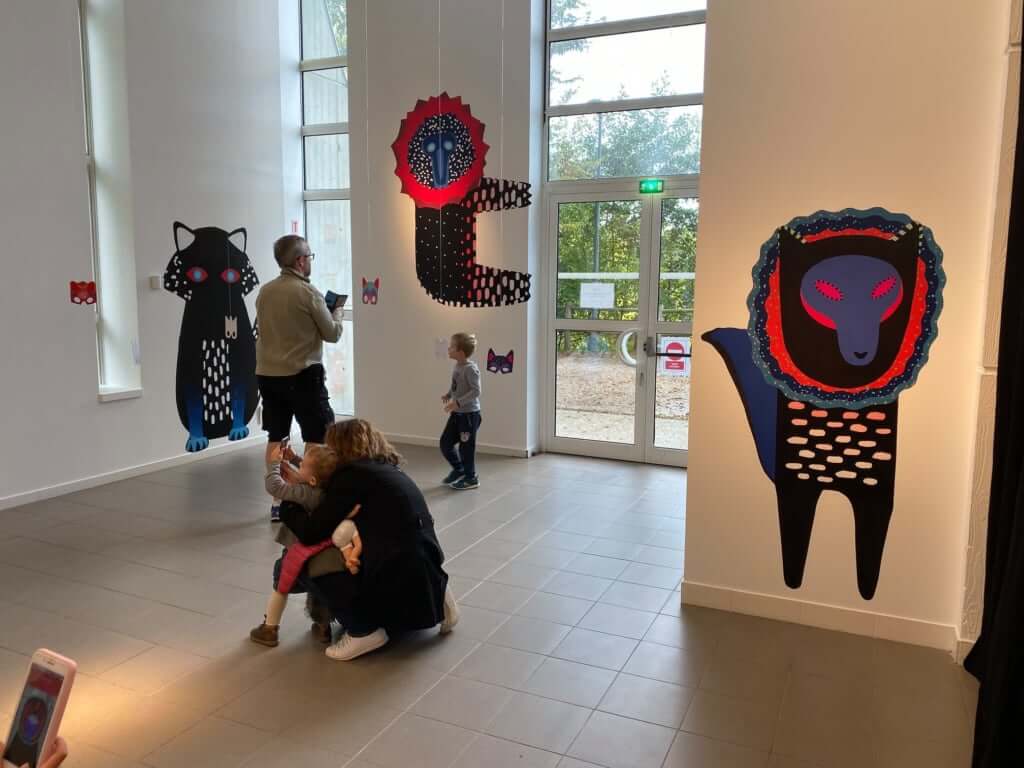
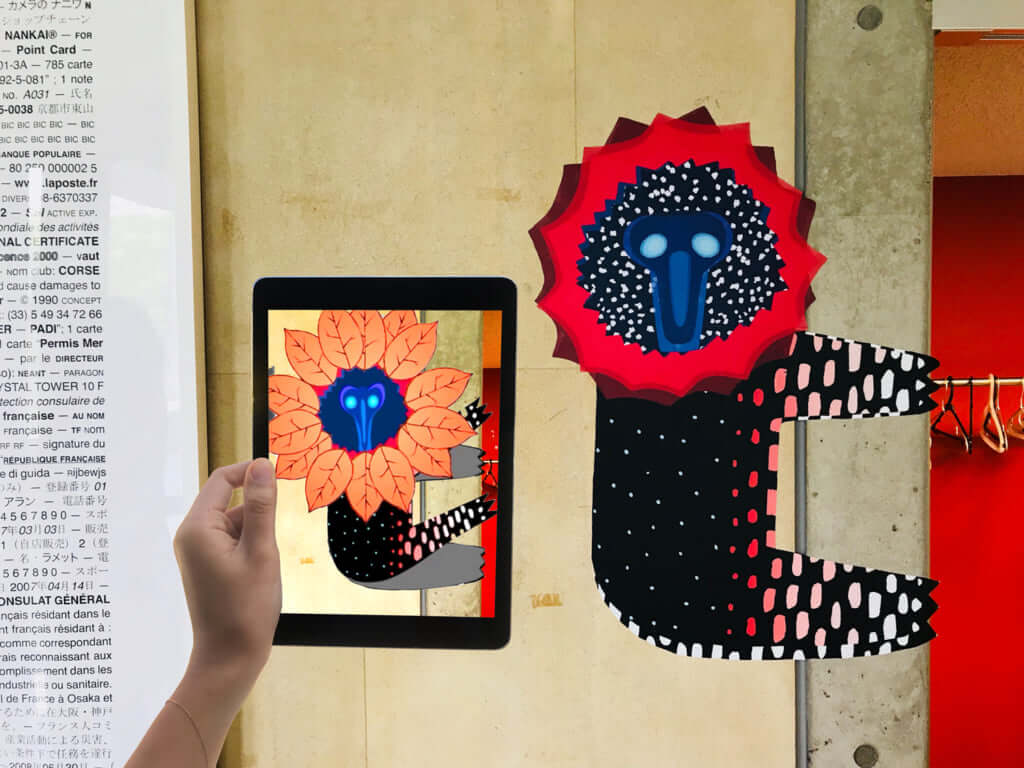
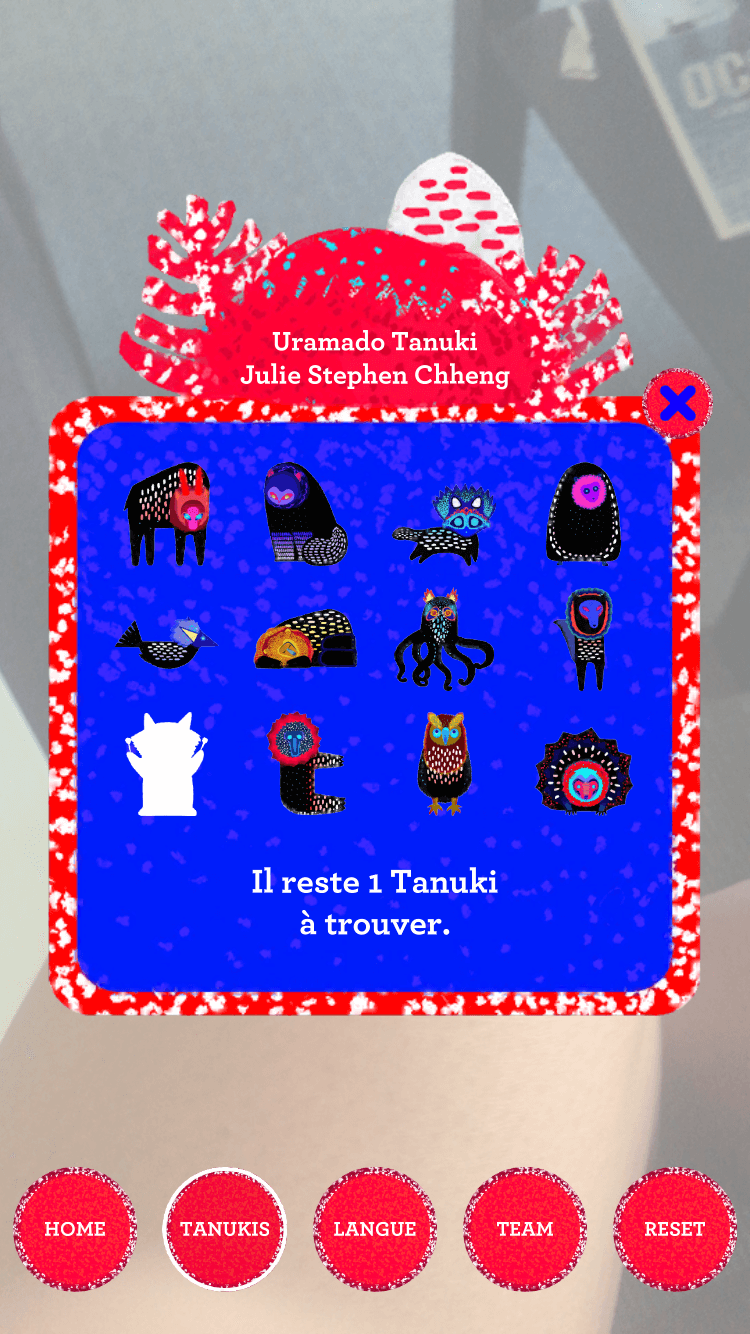
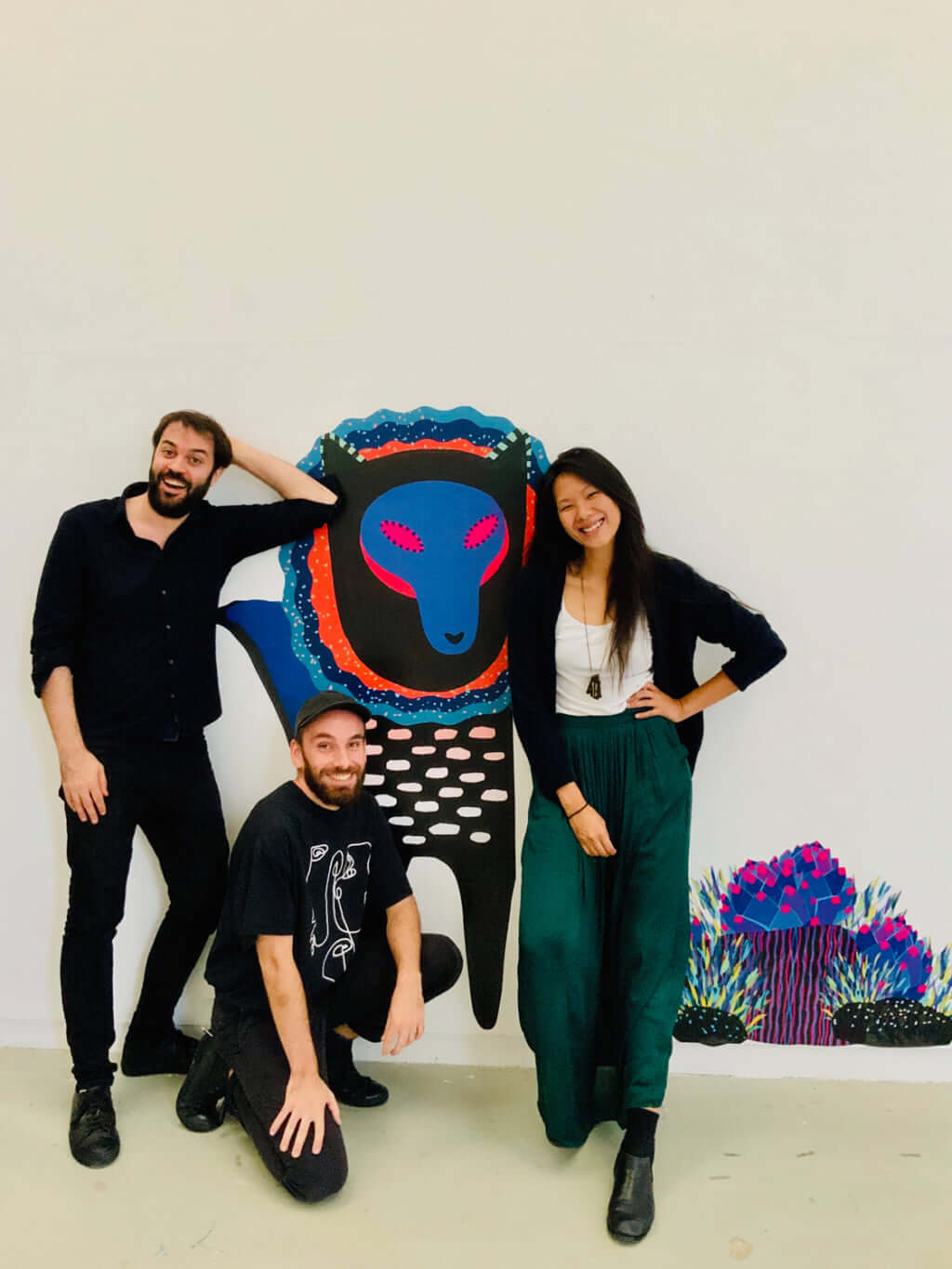
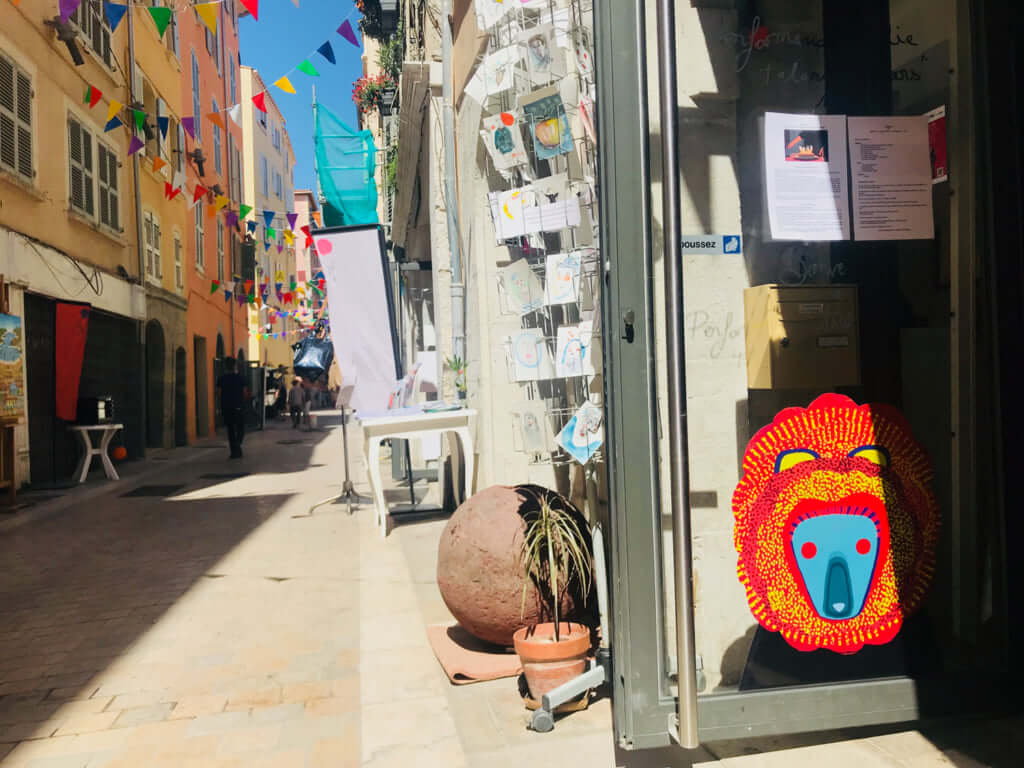
TRENDING
-
Ishiuchi Miyako, A Singular Perspective on Women
Recipient of the 2024 Women in Motion Award, the photographer creates intimate portraits of women through the objects they left behind.

-
Recipe for Ichiraku Ramen from ‘Naruto’ by Danielle Baghernejad
Taken from the popular manga with the character of the same name who loves ramen, this dish is named after the hero's favourite restaurant.

-
Namio Harukawa, Master of Japanese SM Art
'Garden of Domina' offers a dive into the world of an icon of ‘oshiri’, whose work has now reached a global audience.

-
The Tattoos that Marked the Criminals of the Edo Period
Traditional tattoos were strong signifiers; murderers had head tattoos, while theft might result in an arm tattoo.

-
The Emperor of Japanese Porn is Now the Star of a Netflix Series
Deliciously funny, The Naked Director especially succeeds in reviving the atmosphere that was so characteristic of 1980s Japan.


